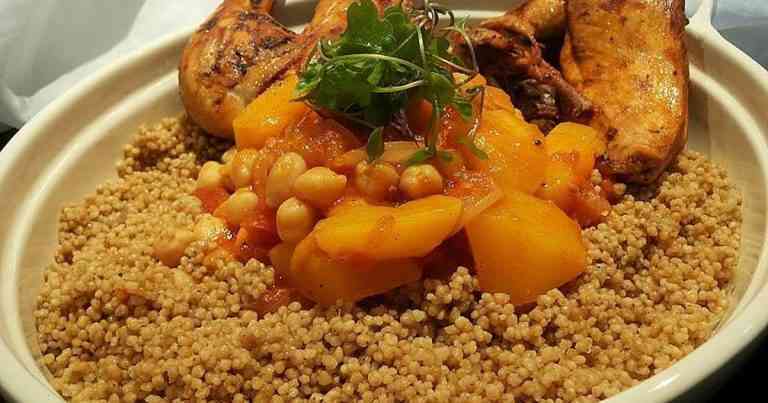Introduction: Neighboring Cuisines
Libya, located in North Africa, shares borders with Tunisia, Algeria, Chad, Niger, Sudan, and Egypt. Due to its strategic location, Libya has been influenced by various neighboring cuisines. North African and Mediterranean cuisines have played a significant role in shaping Libyan cuisine. These influences can be seen in the key ingredients, spices, and dishes of Libyan cuisine.
Geography and History of Libyan Cuisine
Libyan cuisine is characterized by a blend of Arab, African, and Mediterranean flavors. The country’s geography, which includes vast deserts and a long coastline, has influenced Libyan cuisine. Historically, Libya was a hub for trade, and the country was ruled by various civilizations, including the Greeks, Romans, Arabs, and Ottomans. These civilizations have all left their mark on Libyan cuisine.
North African Influences in Libyan Dishes
North African cuisine has had a significant impact on Libyan cuisine. The use of spices, such as cumin, coriander, and caraway, is common in both cuisines. Couscous, a staple of North African cuisine, is also a popular dish in Libya. Harissa, a hot chili paste, is used in both cuisines to add heat and flavor to dishes. Shakshuka, a dish made of eggs poached in a spicy tomato sauce, is another dish that is shared by North African and Libyan cuisine.
Mediterranean Influences in Libyan Dishes
The Mediterranean Sea has also influenced Libyan cuisine. Seafood plays a significant role in Libyan cuisine, and dishes like grilled fish and seafood soup are popular. Olives, a common ingredient in Mediterranean cuisine, are also used in Libyan cuisine. The use of olive oil as a cooking oil is also prevalent in both cuisines. Additionally, pasta dishes, such as macaroni b’salsa (macaroni with tomato sauce), are popular in Libya and are influenced by Italian cuisine.
Key Ingredients and Spices in Libyan Cooking
The key ingredients in Libyan cuisine include lamb, beef, chicken, fish, and vegetables like eggplant, zucchini, and tomatoes. Spices like cumin, coriander, turmeric, and chili powder are commonly used in Libyan cooking. Other common ingredients include chickpeas, lentils, and rice.
Conclusion: A Blend of Cultural Influences
In conclusion, Libyan cuisine is a blend of various cultural influences, including North African and Mediterranean cuisines. The country’s strategic location and historical background have played a significant role in shaping Libyan cuisine. The use of common ingredients like olive oil, lamb, and spices like cumin and coriander are examples of how neighboring cuisines have influenced Libyan cuisine. Libyan cuisine is a testament to the rich cultural heritage of the country and the region.

